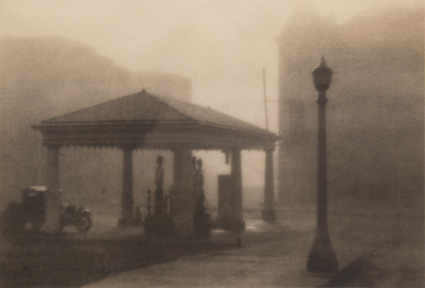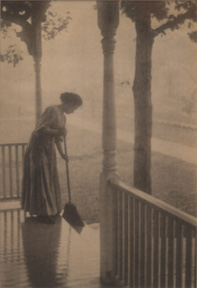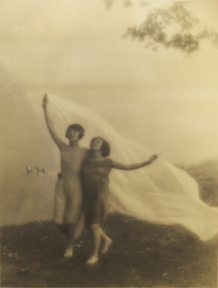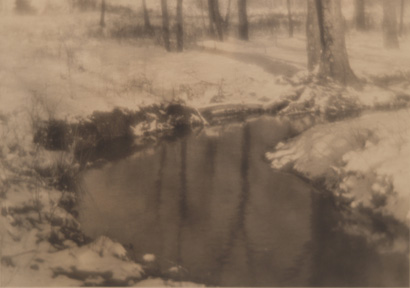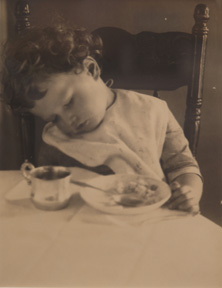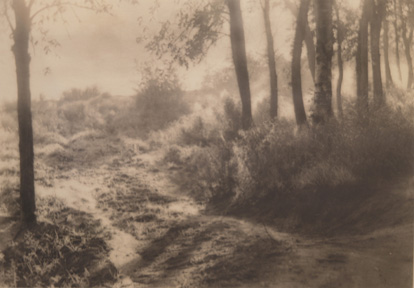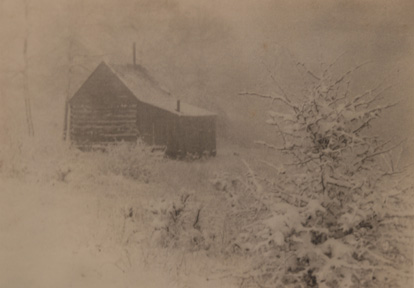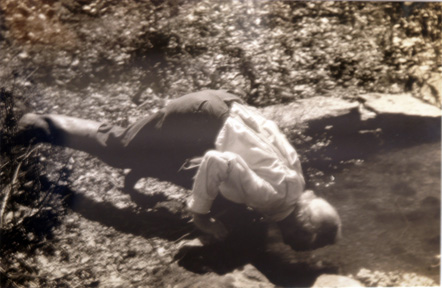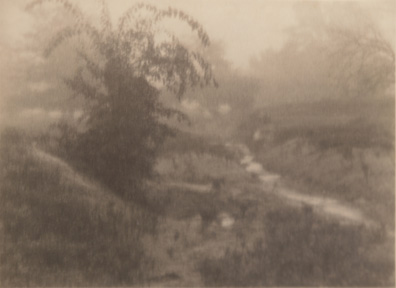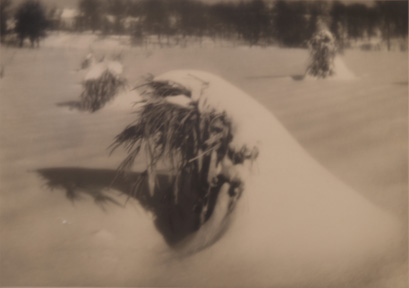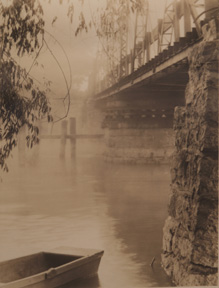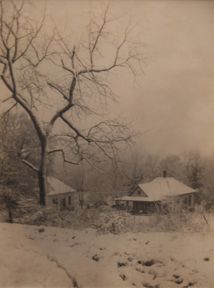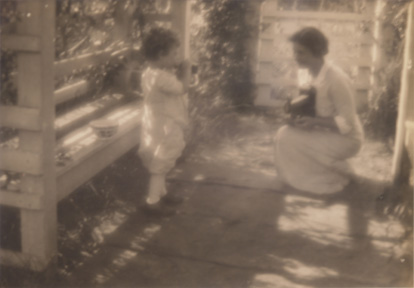A Gentle Eye: Photography by J. H. Field
Some of the most outstanding soft-focus images of the early 20th century were created by Julius Herman Field (1869-1936), a noted photographer who lived in Fayetteville, Arkansas.

Field was producing these delicate images at a time when other photographers were turning to the razor-sharp prints in the style of Edward Steichen and Ansel Adams.
A native of Wisconsin, Julius Herman Field (1869-1936) moved to Fayetteville, Arkansas, in 1913 after being attracted to the area by an article in the Saturday Evening Post written by William Lighton, who later became his good friend and collaborator. Field, who was physically frail and seriously hearing-impaired, thought the moderate Arkansas winters would be more suitable to his health. Field established a photography studio just off the Fayetteville square where portraits became the staple of his business.
Field was also in the habit of taking long walks into the country with his camera. He said in a magazine interview, "My favorite time to be out snapping with my camera is in the early morning, when the mists soften the harsh outlines and give allure and mystery to even the most ordinary subjects" (American Magazine: December, 1928). He often returned to the same place (he made thirty trips in one case) until the light was just right.
Known for his ability to see beauty in the most common objects, Field said, "Softness, mystery, the intrigue of light and shade--these were the elusive qualities that I sought, and I worked in my own crude fashion until I obtained them" (American Magazine: December, 1928).
It is evident, especially from the negatives in the J. H. Field Photographs collection (MC 539) housed in the Special Collections Department, that most of Field's "soft focus" effects were obtained by manipulation during the printing process: use of a light-diffusing coating ("ground glass varnish") on the negative, scratching the emulsion to add features or to obscure unwanted parts of the image, drawing on it with pencil or ink, or using ground glass or celluloid screens in printing. Field explains, "Sometimes I placed a piece of celluloid, or two or three, between the print paper and the negative. Occasionally I substituted a piece of tissue paper, or chiffon, or bolting cloth, maybe a combination of all three, in order to get the effect I was after" (American Magazine: December, 1928).
Field experienced tremendous growth, both professionally and artistically during his years in Arkansas. He made a comfortable living by selling his photographs to magazines and greeting card companies and as a portrait photographer with clients as far away as Tulsa and Dallas. Although Field won more than three hundred prizes in national and international photo competition, he preferred recognition through exhibits of his work. He said, "Prizes in themselves don't mean much to me. The big thrill comes when they hang my pictures in the exhibits" (American Magazine: December, 1928).
"The Gentle Eye: The Photography of J. H. Field" will hang in Mullins Library through the end of October. For more information, call 479-575-6702 or visit http://libraries.uark.edu/info/artexhibit.asp.
(Click thumbnail image to enlarge.)
